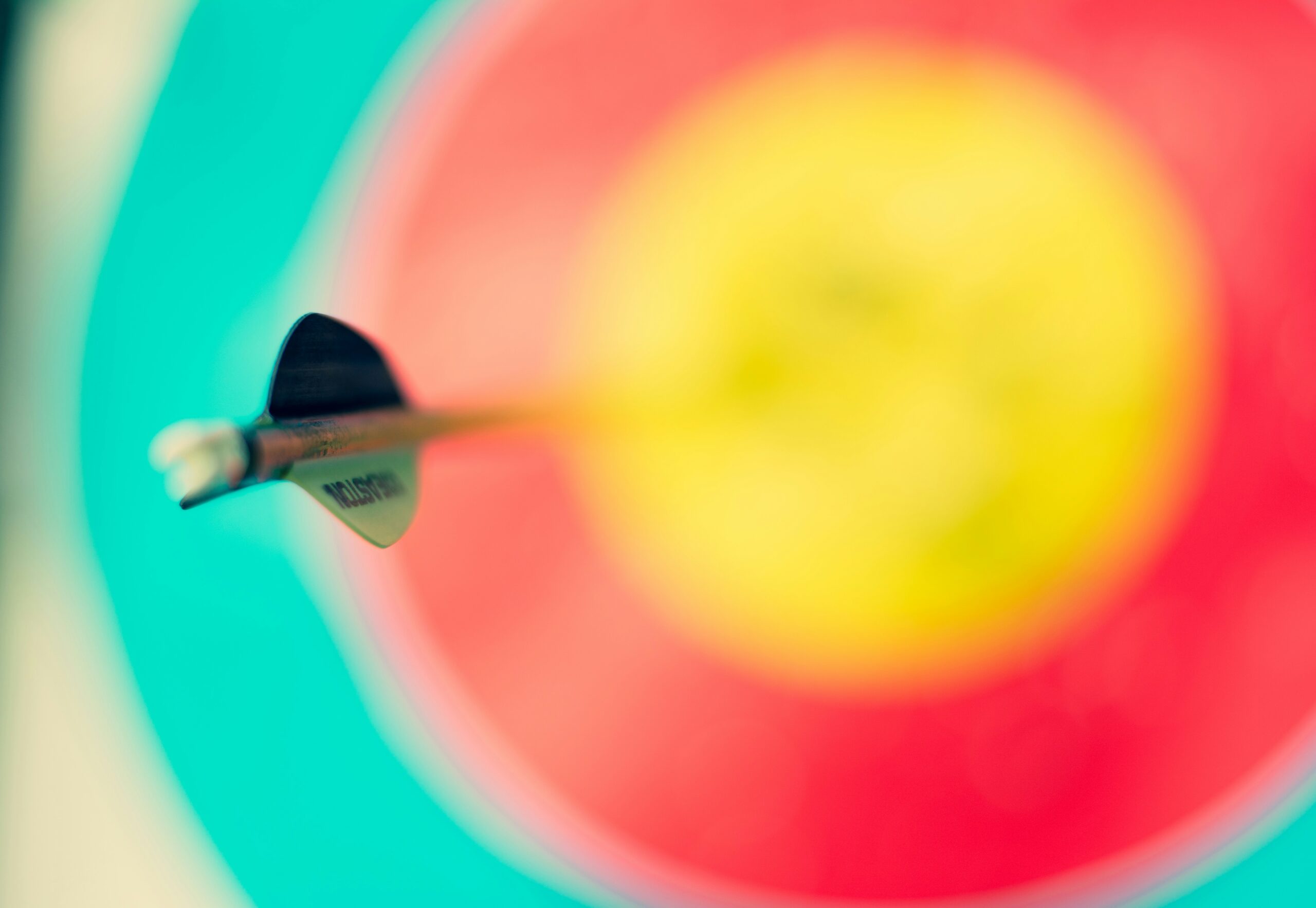Traditional archery tag is a form of shooting sports that combines the skill of archery with popular game strategies. It uses various target styles that are designed to enhance gameplay while ensuring safety in mounted archery, field archery, and target archery competitions. These targets, made from materials such as foam and durable fabric, are essential for providing a safe and engaging experience for players. They come in different designs, from classic human silhouettes to innovative designs with electronic scoring. This article explains traditional archery tag target styles in depth, discussing the core designs, common materials used, safety protocols, setup strategies, and recent innovations.
Key Takeaways
- Classic five-spot, inflatable bunkers, silhouettes, and hanging targets bring a unique twist to gameplay, from knockout accuracy to tactical movement.
- Material choices like high-density foam, reinforced fabric, and stable frames keep targets durable, safe, and ready for repeat use.
- Scoring systems—knockouts, rings, and reactive hits—shape how teams strategize and compete in every match.
- Smart layouts using balanced spacing and varied target styles fuel intense, fair, and dynamic team play.
Exploring Traditional Archery Tag Target Styles
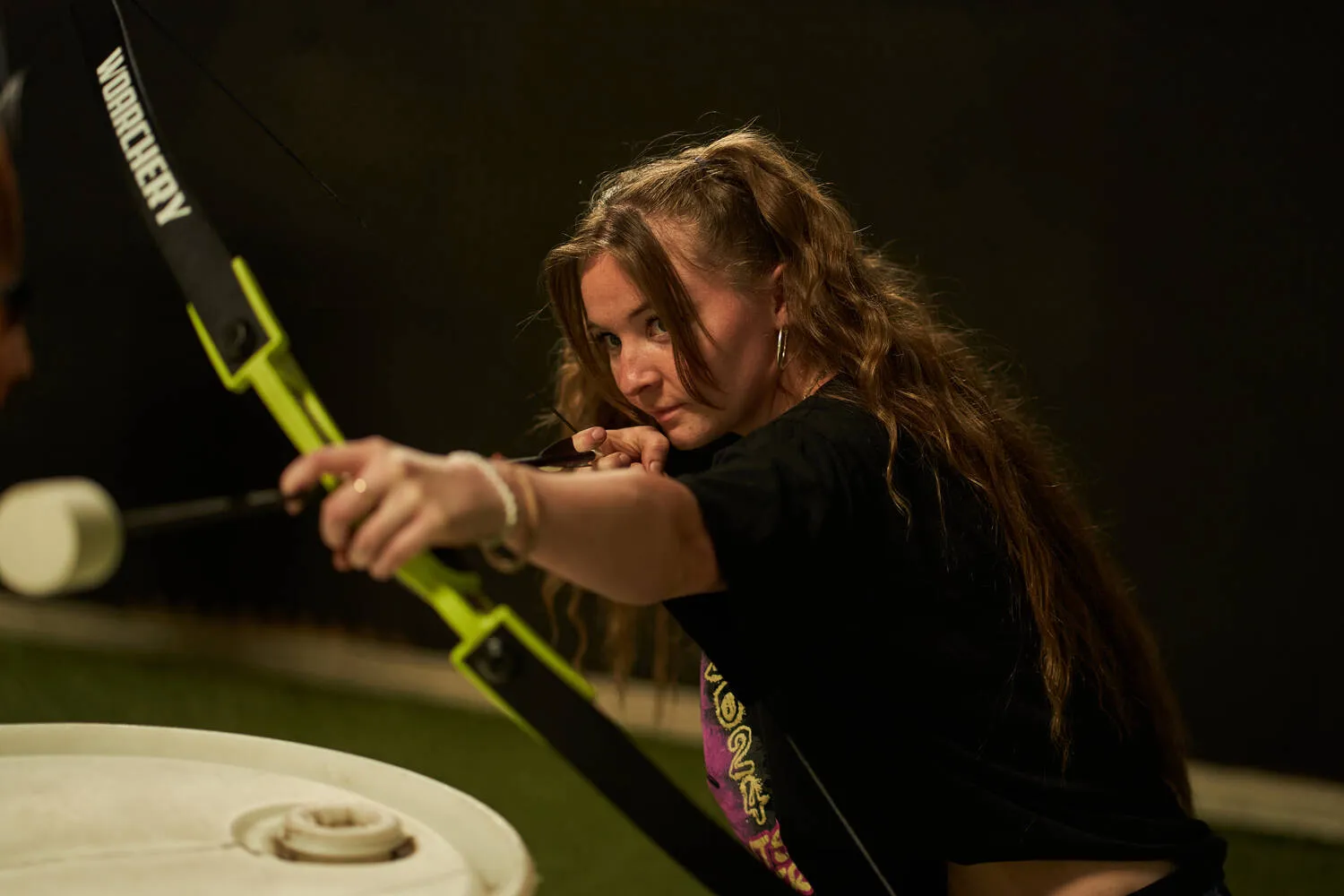
Archery tag gets its edge from more than just the bow and arrow—the target styles you choose shape the pace, safety, and intensity of every match. Each target type adds a different challenge to the game, from old-school bullseyes to innovative inflatable bunkers. Traditional designs blend precision with engagement, helping players sharpen their skills while fully immersed in the action. Whether you’re hosting a corporate event or a casual weekend match, the right targets take gameplay to the next level.
Five-Spot Knockout Targets for Skill-Based Elimination
This classic setup features five distinct scoring zones that reward precision. Players are pushed to focus on tight aim since hitting the center knocks out opponents and changes the match instantly. These targets are great for structured team events or competitive play, offering that intense “all eyes on the bullseye” vibe. With clear score zones, every hit counts, and every miss can shift team strategy in real time.
Inflatable Bunkers That Bring Energy and Safety
Inflatable bunkers do double duty—they’re safe barriers and score zones all in one. Their soft, shock-absorbing surfaces are perfect for high-energy matches, letting players move fast without worrying about injury. They’re quick to set up, easy to reposition, and flexible, keeping the game flowing. Whether indoors or outdoors, these targets keep the vibe lively and the hits action-packed.
Human Silhouettes That Simulate Combat Play
Silhouette targets up the realism and gives players a thrilling tactical challenge. Shaped like an opponent, these targets force smarter aim and faster decisions. Whether you’re holding the line or moving in on the offense, shooting for specific zones makes every arrow feel like it counts. They’re a crowd favorite for intense, mission-style matches and great for immersive scenarios or storyline-based missions.
Examining Common Archery Tag Target Designs and Materials
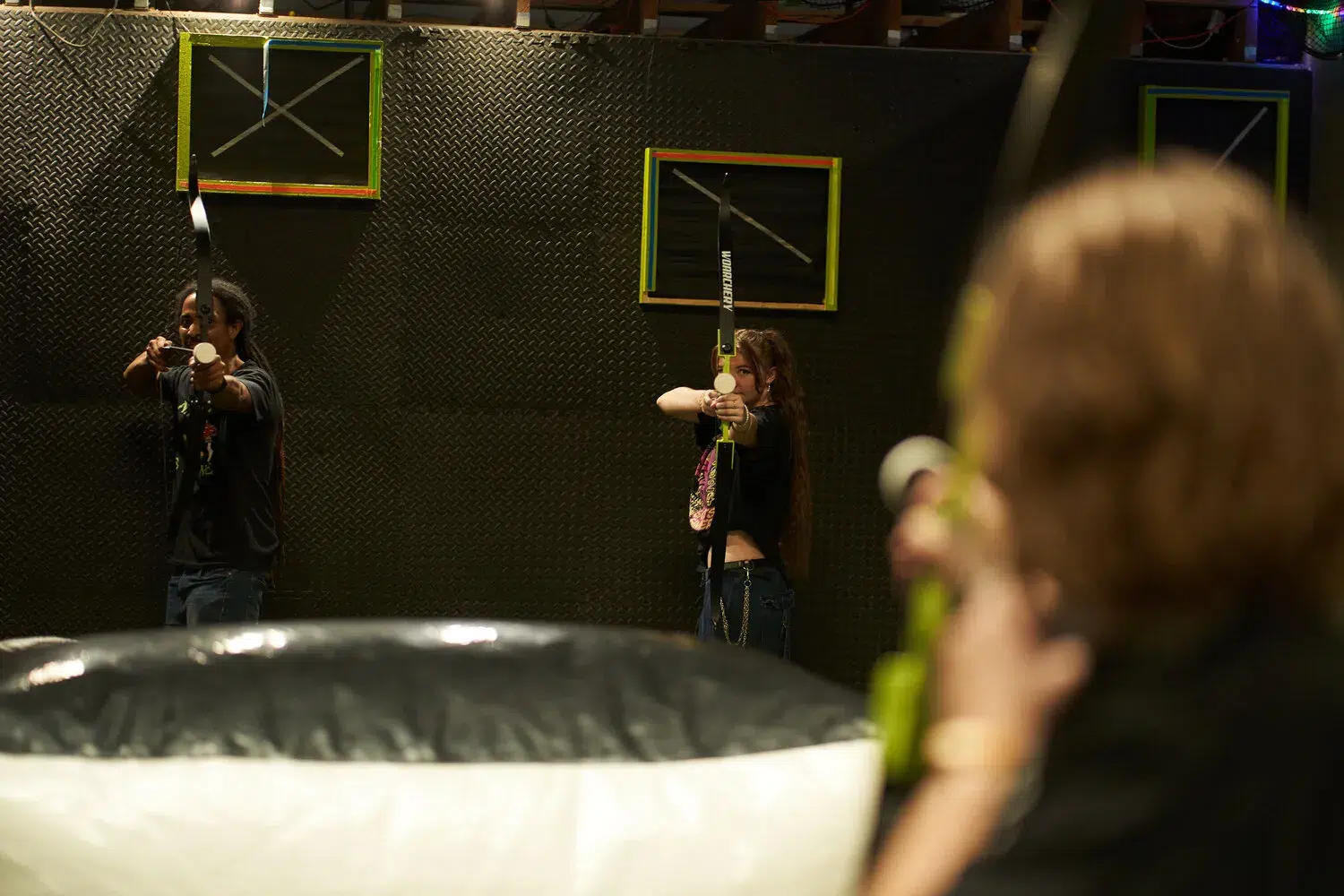
The performance and safety of your archery tag setup depend heavily on what your targets are made of. From impact-absorbing foam to rugged outer fabrics, the right materials help ensure durability, consistency, and player safety. High-quality builds also reduce setup headaches, withstand heavy use, and keep your arena looking sharp. Whether for indoor arenas or outdoor field play, choosing the right mix of materials sets the tone for a solid, reliable experience every time.
Foam Cores That Soak Up Impact
High-density foam is the heart of most great targets. It absorbs arrow hits without bouncing them back, keeping players safe while giving solid feedback with every shot. This kind of foam holds its shape even after dozens of rounds, making it ideal for high-volume games. It’s lightweight, easy to move around, and can be shaped into various layouts—from circles to creative themed builds.
Fabric Covers That Keep Targets Game-Ready
A tough fabric shell holds it all together. These covers are usually made from weather-resistant materials that withstand indoor lighting and outdoor chaos. They protect the foam inside, make the targets look clean and professional, and add a layer of durability that extends the life of your equipment. The best ones also feature bright, bold colors that keep scoring zones visible and exciting.
Internal Frames That Add Strength
Underneath all the foam and fabric is the frame that gives the target its structure. Whether wood, lightweight metal, or composite plastic, a solid frame keeps the target steady during gameplay. These supports stop the target from warping or collapsing under repeated shots. Some frames are foldable or modular for portable setups, making them easier to store and transport between sessions.
Designing Scoring Systems That Keep Things Competitive
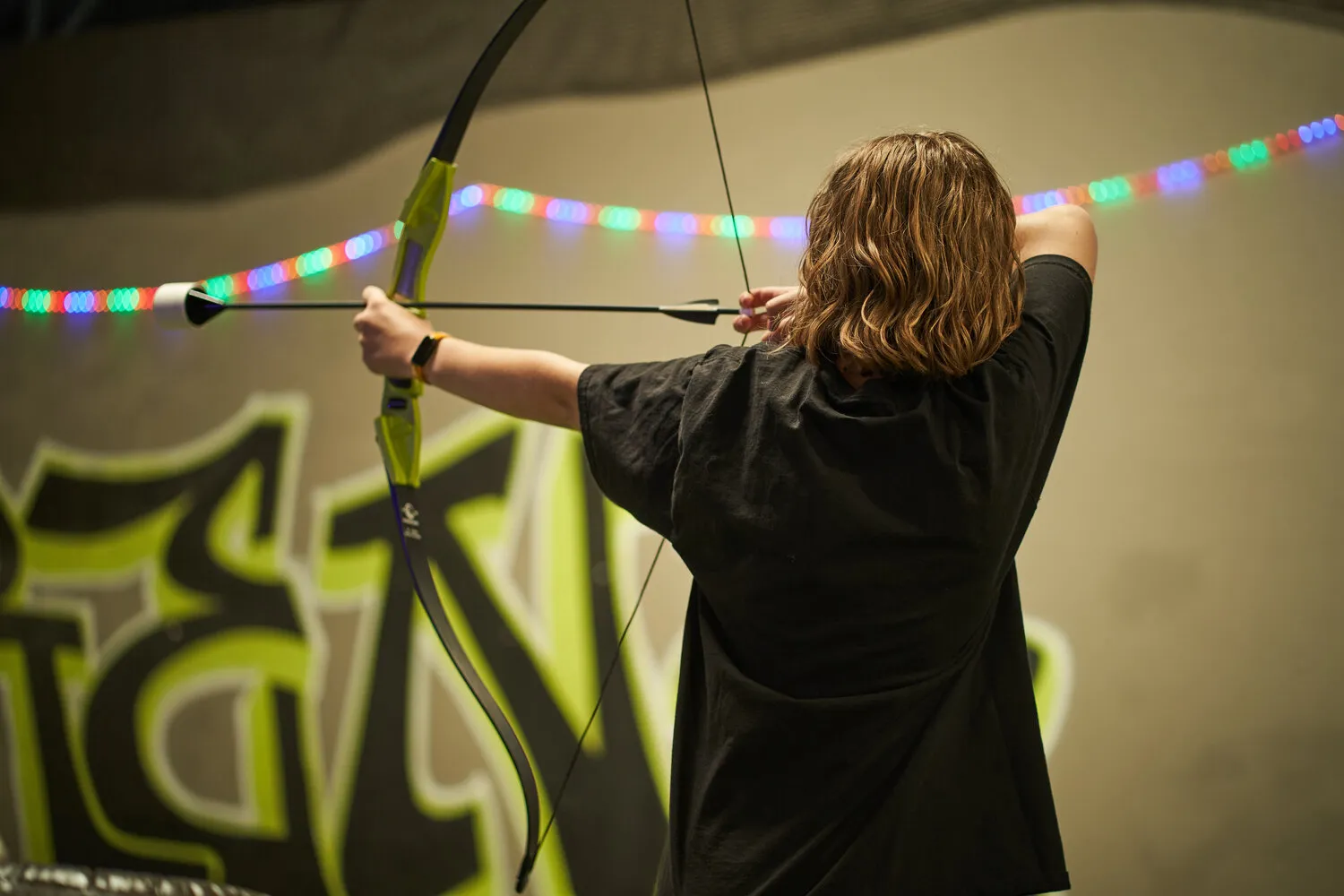
The proper scoring setup adds intensity, structure, and serious bragging rights to any archery tag game. Whether you’re running elimination rounds or free-for-alls, the way points are tracked shapes how players strategize and engage. Traditional scoring styles make matches feel familiar, while modern upgrades bring fast-paced excitement. A clear, reliable scoring system turns every shot into a turning point—and keeps teams fired up from start to finish.
Knockout Zones That Add High-Stakes Pressure
With knockout-style targets, precision is everything. One clean shot to the correct zone can remove an opponent and swing the momentum in your team’s favor. This format keeps everyone alert and playing their sharpest, especially in fast-paced elimination games. It’s a favorite for competitive events where every round counts and players must bring their A-game.
Scoring Rings That Encourage Sharper Aim
Ring-style targets use concentric zones with increasing point values toward the center. These are perfect for matches that reward accuracy and let players rack up points over time. This setup lets everyone, from beginners to seasoned archers, have a shot at contributing, while still pushing more skilled players to land high-value hits under pressure.
Reactive Feedback That Fuels Fast Games
Some modern targets give instant visual or tactile feedback when hit, like flaps that drop, zones that change color, or even a soft bounce effect. These reactions help players track successful shots mid-match and adapt their aim without needing a referee’s call. Whether high-tech or classic, building in fast, visible feedback keeps matches clean, fair, and exciting.
Prioritizing Safety With Target Design and Setup
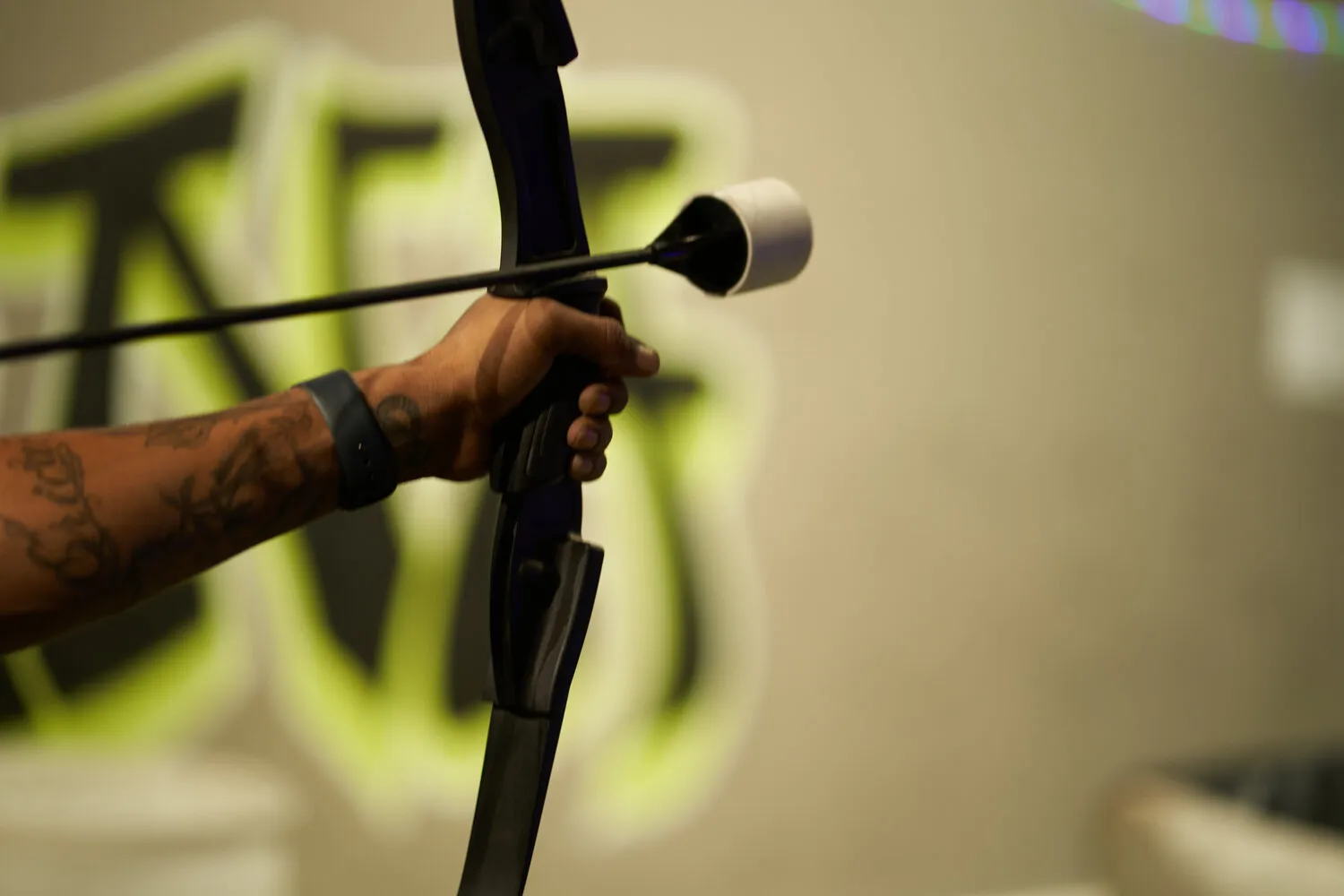
Archery tag is all about adrenaline, but keeping players safe is non-negotiable. Every target should be built and placed with safety in mind, no matter how flashy or fun. From stable bases to soft surfaces, thoughtful design choices protect players while keeping the game fast and exciting. The proper setup lets everyone go all-in without worrying about ricochets, unstable gear, or risky close-range shots.
Anchoring Targets to Keep Them Locked In
Targets that slide or tip are a big no-no. Use weighted bases, floor grips, or tie-down systems to make sure everything stays exactly where it belongs. Secure targets mean fewer distractions and fewer safety issues, especially in fast-paced matches where players move quickly and shoot on the run. A steady target also gives players cleaner shots and better scoring accuracy.
Choosing Impact-Safe Materials That Absorb Arrows
For safe archery tag play, foam cores and soft-sided covers are your best friends. These materials absorb the arrow’s energy instead of bouncing it back or causing damage. Whether you’re running a game indoors or outdoors, targets should minimize deflection and keep gameplay smooth, even when shots hit off-center or come in hot.
Spacing and Placement That Reduce Risk
Where you place your targets matters as much as how they’re built. Give each target enough space so players aren’t crowding the same area or risking crossfire. Keep retrieval zones marked, and place high-value targets at safe distances to prevent overly aggressive close-range shots. A thoughtful field layout makes the game safer and more enjoyable for everyone.
Building Custom and DIY Archery Tag Targets That Work

Whether you’re crafting a custom setup for a themed event or building on a budget, DIY archery tag targets are a great way to personalize the game. You get total control over your targets’ shape, size, and look, without sacrificing gameplay quality. With the right materials and creativity, you can build just as fun, safe, and durable targets as store-bought ones. Plus, it adds a unique vibe that players won’t forget.
Foam Builds That Are Budget-Friendly and Safe
Foam is the go-to material for DIY setups. It’s lightweight, easy to cut, and excellent at absorbing arrow impact without creating rebound risk. You can carve it into any shape—circles, silhouettes, themed characters—and wrap it in fabric or tape for durability. Foam targets are perfect for casual games, pop-up events, or smaller indoor arenas where flexibility and safety come first.
Upcycled Objects That Get the Job Done
You don’t need fancy materials to make solid targets. With just a few tweaks, you can repurpose old furniture, tires, or plastic barrels into archery tag targets. Add a foam layer or padding to soften impact and ensure everything is anchored and stable. These builds are especially great for themed events where creativity is part of the fun, and they help save money and reduce waste.
Add Visuals for Clarity and Style
A good-looking target isn’t just for show—it also helps with focus and scoring. Use paint, tape, or decals to mark point zones, draw characters, or color-code your field layout. Visuals make the game more immersive and help players recognize key targets during fast-paced matches. Plus, if you’re running team-building games or escape room events, custom graphics can tie into a storyline or brand theme seamlessly.
Frequently Asked Questions
What are the primary materials used in archery tag target construction?
Traditional targets are primarily constructed using high-density foam for shock absorption, durable fabric covers for weather resistance, and robust support structures made of wood, metal, or composite materials like carbon fiber. These materials ensure safety and longevity under repeated arrow impacts and various environmental conditions.
How do electronic scoring systems improve gameplay in archery tag?
Electronic scoring systems provide instant, accurate feedback by detecting the exact point of impact using embedded sensors. This enhances scoring accuracy by up to 20% and increases player engagement by allowing real-time updates and integration with mobile leaderboards, streamlining game progression.
What safety protocols should be followed during archery tag events?
Key safety protocols include establishing safe shooting distances (typically 15-20 feet), securely anchoring targets to prevent movement, conducting routine inspections for wear and tear, maintaining clear zones around each target, and enforcing safe arrow retrieval practices. These measures minimize injury risks and ensure a fair playing environment.
How can target setups be adapted for different skill levels?
Target setups can be adapted by modifying shooting distances, adjusting the size of scoring zones, and arranging targets to create varying challenges. Beginners benefit from larger, closer targets, while advanced players may use smaller, farther targets to test their accuracy. Modular designs also allow for rapid reconfiguration to accommodate diverse skill levels.
Conclusion
Traditional archery tag target styles blend classic design with modern innovation to create a safe, engaging, and dynamic shooting sports experience. Each target design—from the classic five-spot system to inflatable bunkers—offers unique benefits that cater to various gameplay needs and safety requirements. Innovations such as electronic scoring and modular configurations continue to push the boundaries of traditional target design. By carefully selecting and setting up targets based on space, player skill, and budget, organizers can ensure an optimal and enjoyable archery experience for all participants.

